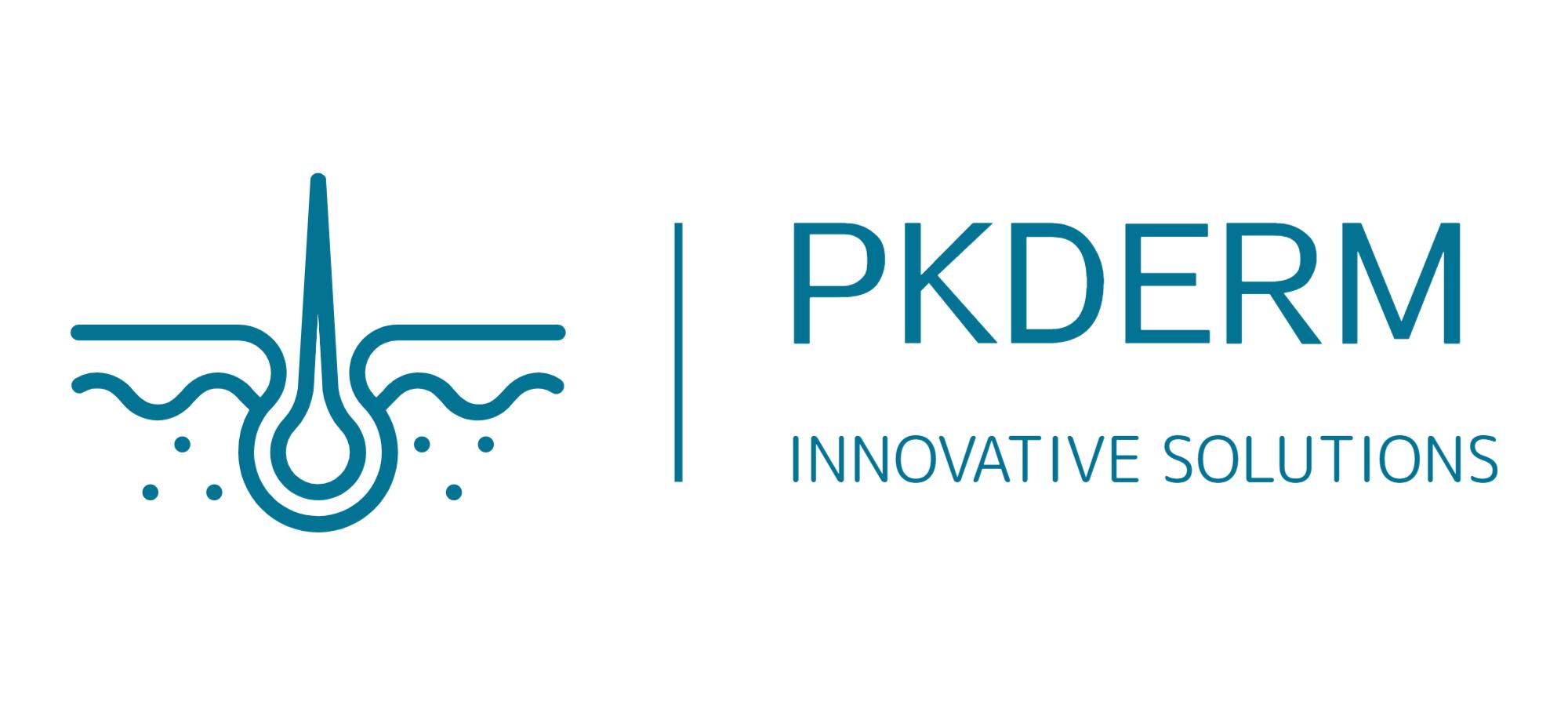
OpenTox Virtual Conference 2021 Session 9
SESAME-3D: a framework for modeling protein-ligand interactions for detection of endocrine disruptor potential of chemicals
Z. Todorov, C. Charmeau-Genevois, P. Thomas
KREATiS, 23 rue du Creuzat, 38080 L’Isle d’Abeau, France.
There is a need for new approach methodologies (NAMs) to identify substances with an endocrine disrupting (ED) modality. Our goal is to provide an accurate, high-throughput, expandable, and customizable tool for molecular modeling applicable to detect potential ED modality. The interaction of chemicals with proteins is a key event for the disruption of endocrine pathways. Among the computational methods that could investigate such interactions, molecular docking (Mol. Dock.) is a technique that has a reasonable tradeoff between computational investment and the accuracy of predictions. In the scientific process allowing for such a prediction to deal with the level of statistical complexity presented by the problem, at midterm Mol. Dock. is used as a kernel around which a sophisticated framework must be built. Remaining outside of the scope of this communication is the tremendous preliminary multidisciplinary effort provided by the scientific community consisting of setting available experimentally determined conformational representations of the protein targets of interest, and the effort made to provide software building blocks. Arguably, there is currently no publicly available computational framework entirely fit for the purpose to create this model, hence, our team endeavored to build our own computational framework which we call SESAME-3D. Fundamental parts of the framework consist of third-party software, while the linking of software and certain analysis strategies were created using KREATiS know-how. SESAME-3D has an open architecture allowing for new datasets, new features, and new methodologies to be easily incorporated leading to a vast potential for customization and for collaboration. SESAME-3D is under active development. To date, it can investigate 6 ED EATS targets with a total of 96 confirmations. Despite an overall level of completeness of the prediction process, there are still limitations inherent to the employed inputs and to the Mol. Dock. itself that we will discuss. Finally, light is shed on feature strategies to further enhance the performance of SESAME-3D.
CV: Zlatomir has interdisciplinary training in biology and informatics starting with a diploma in life science from the University of Lyon in 2011 followed by a Bachelor’s degree at the University of Perpignan and a Master’s degree at the University of Montpellier in 2014 specializing in bioinformatics. He obtained a Ph.D. in Structural biology and Nanobiology in 2019 from the University of Grenoble on an ambitious molecular modeling project. During this period, he studied the molecular function of mammalian Kir3 channels using high-throughput molecular dynamics simulations, related computational techniques, and wet-lab experiments.
Zlatomir joined the KREATiS team in mid-2019 to manage the in-situ 3D molecular modeling capabilities of the company, especially in its Endocrine Disruption project. The department aims at providing our clients with prediction services for quantified characterization of the interactions between small molecules and selected biological targets. Currently available or in the pipeline: de novo and homology modeling, molecular docking, molecular dynamics simulations, and computation of the free energies of interaction in molecular complexes.


